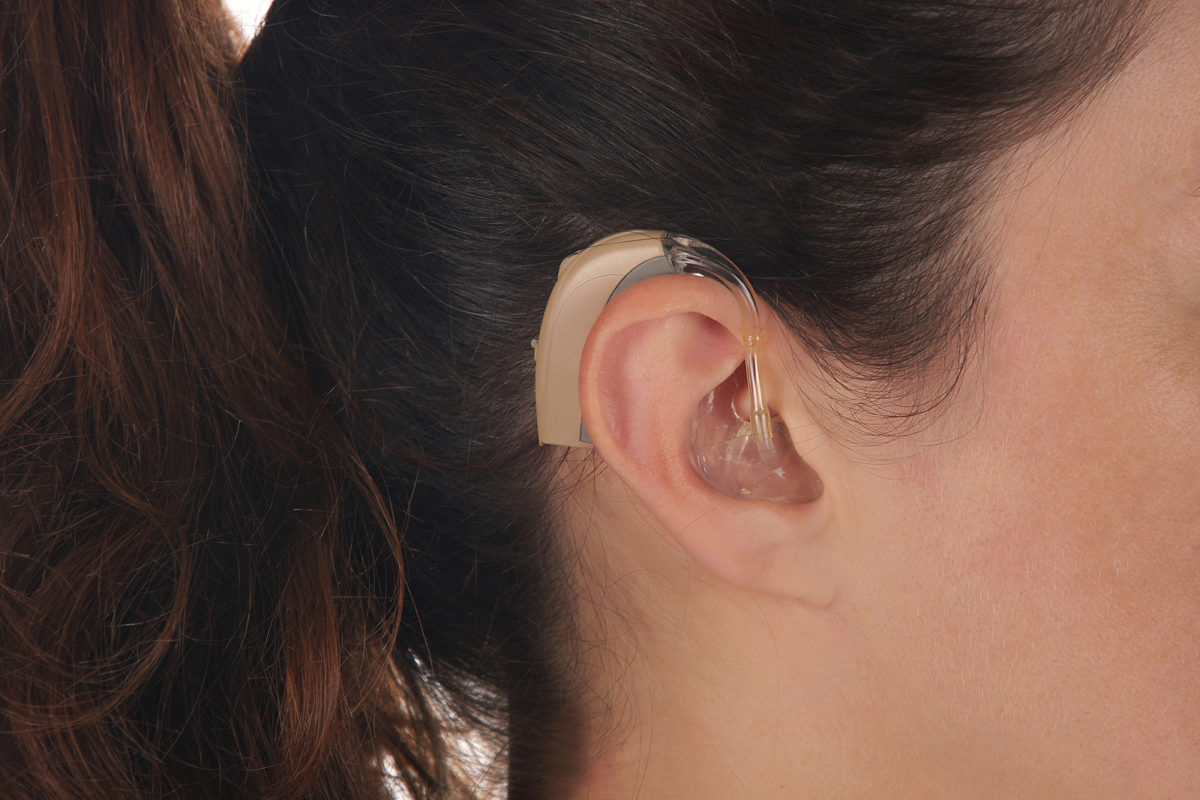Hearing aids have advanced a lot from the days of holding a cone up to your ear. It can take anywhere from 15 minutes to 2 hours to be fitted for a hearing aid and up to a few months to fully adjust to them.
These days, hearing aids come in an array of sizes, shapes, and colors and can be programmed and fitted to you suit your individualized needs.
There are a lot of things to consider when selecting hearing aids. Here are a few tips to remember:
Learn about the different types of hearing aids that are out there.
- In the ear (ITE) refers to hearing aids that are often custom fit to be worn just inside the canal.
- Completely in canal (CIC) is a style of hearing aid that sits inside the ear canal. They are the smallest and most discreet. They are commonly used for people with mild to moderate hearing loss.
- In the canal (ITC) are a style of hearing aid that is among the most popular. They sit cradled in the lower part of the outer ear and offer a handful of controls.
- Behind the ear (BTE) refers to hearing aids that sit on top of the outer ear or behind it. BTE aids are usually customizable to match skin tones or personalities.
- Receiver in the ear (RITE) hearing aids are one of the most popular. They transmit sound through a thin wire from a microphone behind the ear through a speaker in the ear canal.
Know what your needs are, present and future.
The style of hearing aid you use should in part be determined by your daily routine and habits. You will want to find a hearing aid that will best fit your lifestyle. By determining your needs you can find a hearing aid to keep up with you.
Also consider if and how your needs may shift in the future and if your hearing aid can be adjusted to accommodate future changes in hearing. Identify the features that are a must for you and go from there.
Keep your budget in mind.
Make sure to have a general budget and plan in mind. As you work with us, we can guide you towards options within your budget. The cost of hearing aids can vary, you may be able to negotiate prices.
Ask other people that use hearing aids, what it’s like for them.
Listen to first-hand experiences of people who have gone through what you are going through. Of course, every experience is unique to the individual but there can still be a lot to learn from other people’s trials and tribulations. You might find that a person with a similar lifestyle likes a certain style or fit of hearing aid that you may not have considered.
Ask a friend or loved one to come along with you.
It can be overwhelming to absorb all of the information and ask all of the appropriate questions. It can be helpful to bring a friend along who knows what you need and want. They can catch any tips you missed and ask questions you forget to ask. But most of all they can just be there for emotional support.
Finally and most important….Consult with a hearing professional!
All of this starts with finding a good hearing health specialist that will listen to your needs. That’s where we come in! Our team will be able to test your hearing to determine the extent of your loss. We can guide you toward the best treatments available. We will work with you to find and fit a hearing aid to your needs. If you’re ready to take the next steps in your hearing health, call us now!

